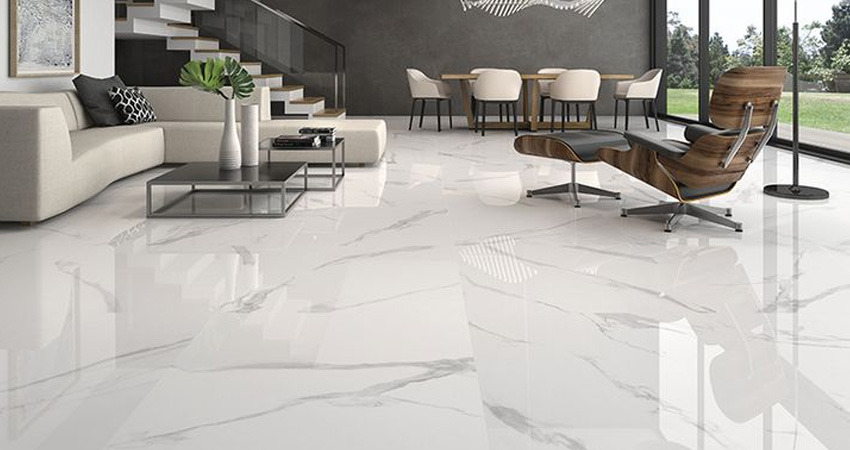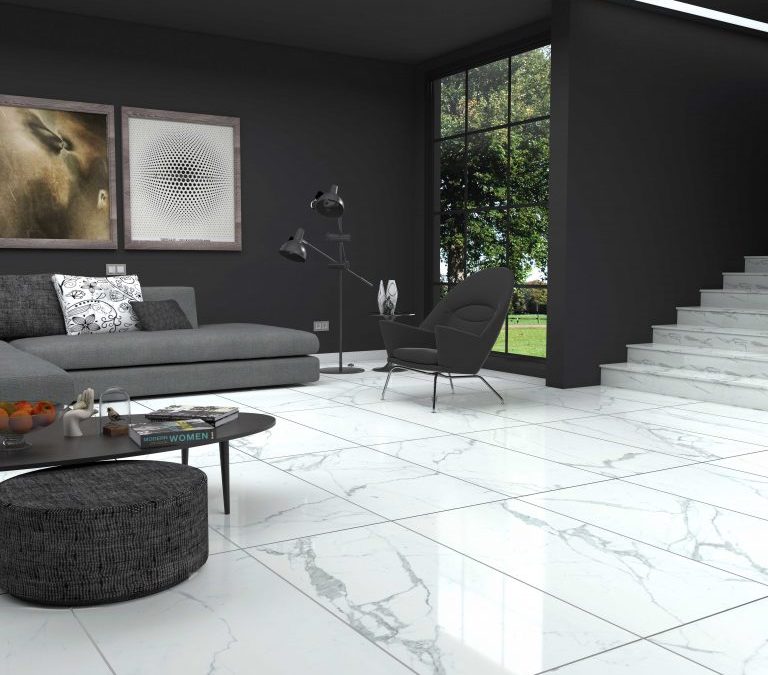What is ceramic stone?
Ceramic is a kind of widely used construction material which is made from materials such as clay, carbide, silicon and aluminum oxide. The raw materials for making ceramics are mixed in water to form a paste and poured into molds for making ceramics. After the ceramics are dried, they are placed in the furnace so that the porosity of the material is removed and its density increases. Finally, the ceramic is covered with a glaze to make it resistant to various environmental conditions such as humidity, heat, impact, wear and scratches.
Application of ceramic stone
Ceramics have wide applications in various industries. The use of ceramics is very popular in construction, automotive, casting, turning, electrical and chemical industries. Ceramic is the most widely used coating in building construction. Among the most important uses of ceramic stone in construction, the following can be mentioned:

Bathroom floor
Construction of the kitchen floor
Use in the construction of bathroom and toilet walls and floors
As a cover in all parts of the building that are in contact with moisture.
Internal wall coverings as insulation
Using slab ceramics to cover the large rooms of the building
Use in the construction of the interior of the building
Use in the construction of the exterior of the building
Advantages and disadvantages of ceramics
The use of ceramics in construction will have many advantages. The biggest advantage of these materials is their reasonable price. One of the most important issues that concern the minds of most stone and ceramic buyers is the final cost of buying and implementing stones, especially on a large scale. There are ceramic stones in slab and even larger dimensions and they will have a more economical price than stones with the same dimensions. On the other hand, the installation of these materials will be faster and less laborious. Therefore, buyers' time and money are saved to a great extent.
These materials have high strength and show great resistance against different weather conditions and do not corrode against acidic and alkaline conditions. Another advantage of ceramic stone over stone is the ability to print on their surface. This issue will open the hands of buyers to buy the desired ceramic design. It will also be possible to print logos on ceramics for various companies and organizations.

Along with all its advantages, ceramics also have some disadvantages that make buyers doubt about buying ceramics. The most important disadvantage of these materials is the lack of heat absorption. This makes the ceramic always cold and using it as a floor covering causes a cold feeling in the feet, which is not pleasant.
Another disadvantage of ceramic is its slippery surface, which may cause people to slip, especially when using shoes, if the glaze is polished too much. In addition, the use of polished surfaces in some spaces causes excessive light reflection and glare.
The difference between ceramic and stone
Ceramic and stone are both good choices for covering; Because both have low water absorption and show high resistance to environmental conditions. Due to the glazed ceramic surface, these materials are less susceptible to stains than stone and are easier to clean. Also, the desired design can be printed on the surface of the glaze, and ceramics with wood or stone design can be used.
